CULTURE
The Panama Hat: Ecuadorian elegance and cultural heritage
The Panama hat, with its elegant allure and rich history, is much more than just a fashion accessory. Originating in Ecuador, this hat has crossed centuries and borders, becoming a symbol of refinement and an ambassador of Ecuadorian craftsmanship.
History and origins

“Tocas” – The Sisters of Mercy, Browne Henriett
Despite its name, the Panama hat is deeply rooted in Ecuador’s cultural heritage. Its history begins long before the modern era, with evidence of its use dating back to the Valdivia culture around 4000 B.C. Renowned for its finesse and resistance, this hat has always been woven from “paja toquilla“, a fibre extracted from the Carludovica palmata tree.
In the 17th century, the Spanish were impressed by the finesse of the weaving and called on the skills of these craftsmen to make the traditional toques for nuns (tocas), giving rise to the term “toquilla”.
But it was in the early 20th century that they gained in popularity. During the construction of the Panama Canal, workers adopted this hat to protect themselves from the scorching sun, which helped popularise its erroneous name. Theodore Roosevelt’s visit to the canal site in 1906, hat on head, immortalised the “Panama hat” in the world imagination.
Handcrafted
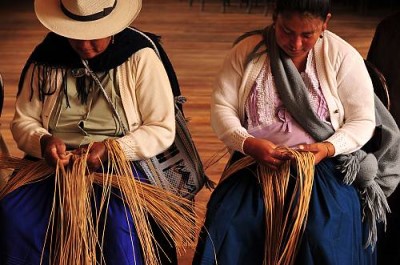
Credit: UNESCO
Making an authentic Panama hat is an art that requires precision and patience. The weaving begins with the rosette at the top of the cap, a task so meticulous that the most upmarket models can take up to ten months to weave. The entire process illustrates a skill that has been handed down from generation to generation, making each hat a unique piece, which explains why some hats can cost tens of thousands of euros.
Panama hats are distinguished by three main types of weave: Montecristi, Brisa, and Cuenca, each offering different degrees of finesse and style. The top-of-the-range Montecristi hats are famous for their extremely fine weave, which is so tightly woven as to be waterproof.
Recognition and Heritage
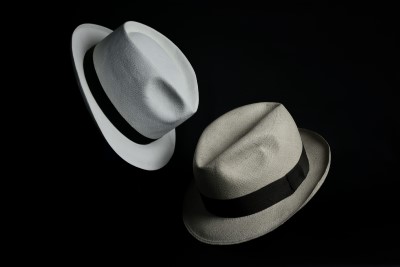
Credit: Owly
In 2012, UNESCO recognised Ecuador’s expertise in making Panama hats by including it in the Intangible Cultural Heritage of Humanity. This recognition underlines the importance of preserving this craft tradition not only for its aesthetic value but also for its cultural and economic importance.
Today, the Panama hat is more than just headgear. It is a symbol of Ecuador’s rich culture and craftsmanship, representing a unique blend of tradition and style. It is a luxury product that continues to attract fashion lovers from all over the world, having become an attribute linked to iconic events such as the French Open tennis tournament, and later Wimbledon, where it is worn by spectators on sunny days.
Our article: Baños de Agua Santa, Ecuador’s Hidden Charm
With this rich history and global recognition, the Panama hat continues to fascinate and inspire, a remarkable example of how a handcrafted object with its origins in a deep history can become a timeless international fashion icon.
RECENTS POSTS
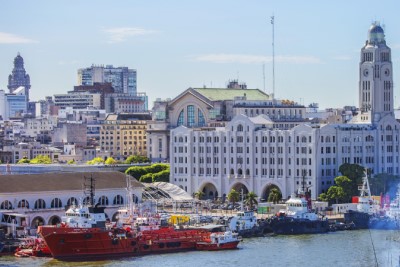
Montevideo, New Headquarters of the Tourism Law Observatory for Latin America and the Caribbean
LATAM NEWS Montevideo, New Headquarters of the Tourism Law Observatory for Latin America and the CaribbeanMontevideo, the capital of Uruguay, has been designated as the headquarters of the Tourism Law Observatory for Latin America and the Caribbean, an initiative...
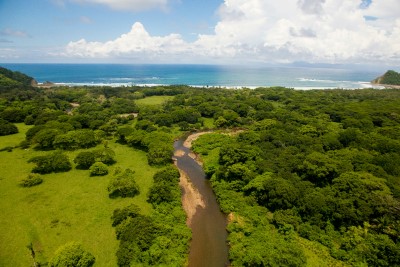
Guanacaste: An Escape to the Heart of Costa Rican Biodiversity
DESTINATIONS Guanacaste: An Escape to the Heart of Costa Rican Biodiversity Situated in the north-west of Costa Rica, the province of Guanacaste is a natural paradise that captivates visitors with its ecological diversity, heavenly beaches and deep-rooted cultural...
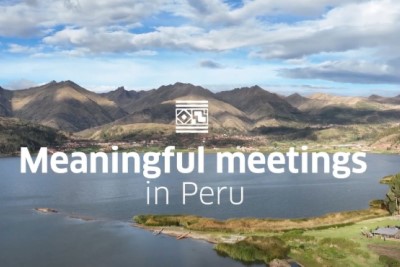
“Meaningful Meetings in Peru 2024”: A New Era for Meeting Tourism
LATAM NEWS “Meaningful Meetings in Peru 2024”: A New Era for Meeting Tourism Peru's Export and Tourism Promotion Agency (PROMPERÚ) recently launched its ‘Meaningful Meetings in Peru 2024’ campaign. This initiative aims to position Peru as a destination of...


